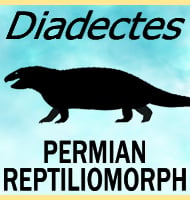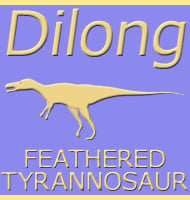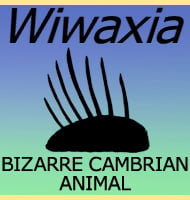In Depth
Wintonotitan and Diamantinasaurus were the first major sauropod discoveries in Australia since the discovery of Austrosaurus seventy-five years earlier. In fact when the first fossils of Wintonotitan where recovered they were actually taken to be further remains of Austrosaurus. Although Wintonotitan and Diamantinasaurus are of comparable size and from the same area, Wintonotitan is more lightly built. Much of the skeleton of Wintonotitan is still missing, including the hind legs, skull and cervical (neck) vertebrae. There is however enough of the skeleton to identify Wintonotitan as a basal titanosaur.
The type specimen is named after the discoverer of the Wintonotitan remains, Keith Watts, who subsequently donated them to the Queensland Museum in 1974. Wintonotitan is also known as ‘Clancy’, after the Banjo Patterson poem ‘Clancy of the Overflow’. Two other dinosaurs from the same area and described in the same year, Diamantinasaurus and Australovenator, have the nicknames ‘Matilda’ and ‘Banjo’ respectively, in honour of the poet and his work.
Further Reading
– New Mid-Cretaceous (Latest Albian) Dinosaurs from Winton, Queensland, Australia – Scott A. Hocknull, Matt A. White, Travis R. Tischler, Alex G. Cook, Naomi D. Calleja, Trish Sloan & David A. Elliott – 2009.










